5 Generals Houses
Somerset County, NJ, played a pivotal role during the Revolutionary War, acting as a strategic hub for both military operations and the lodging of high-ranking Continental Army officers. Because of its proximity to key battlefronts and its location between Philadelphia and New York, Somerset County became a vital area for encampments and rest stops. Many notable generals, including George Washington, stayed in local homes and taverns throughout the region, turning these locations into important historical sites. The presence of these leaders not only influenced military strategies but also connected Somerset County to the broader struggle for American independence, cementing its place in the revolutionary narrative.
Check out the below houses and their significance as they relate to the American Revolution:
On President’s Day weekend, visitors are invited to check out Heritage Trail Association’s 5 Generals Bus Tour. This guided bus tour lets attendees explore the historic sites where prominent Revolutionary generals, including George Washington, stayed during the war. The tour is available for individuals and families. For groups, young children, and handicap accessibility, the Heritage Trail asks that attendees call ahead of time to ensure a smooth process.
Abraham Staats House – South Bound Brook
The Staats House served as the headquarters for General von Steuben during the Middlebrook Cantonment of 1778-1779. Baron Friedrich Wilhelm Augustus von Steuben was appointed as a volunteer in the Continental Army (which he was not happy about though eventually accepted) and was discouraged at the state of the American soldier’s skills, equipment, and living conditions. Von Steuben created standard drills that were direct, quick, and simple, and the soldiers appreciated von Steuben’s willingness to work with them (and his colorful use of language).
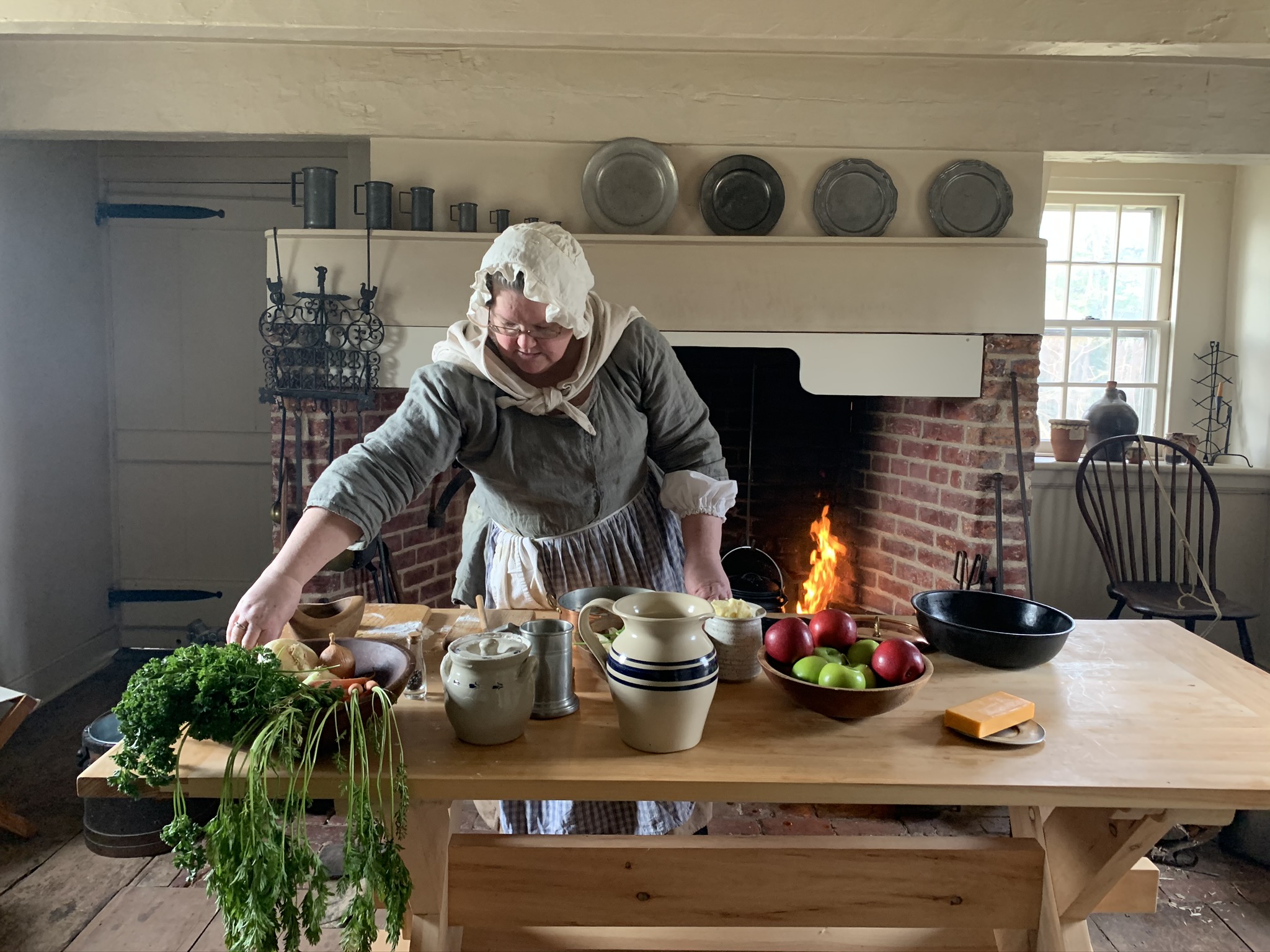
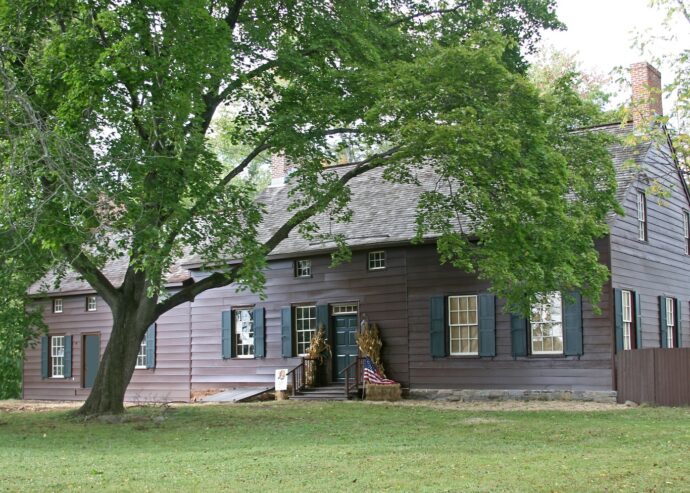
Jacobus Vanderveer House – Bedminster
The headquarters of General Henry Knox during the winter of 1778-1779 and the only surviving building associated with the Pluckemin Artillery Cantonment, America’s first military academy. General Knox was the chief artillery officer of the Continental Army and established the first artillery training academy during the winter encampment. This military academy was the precursor for West Point, for which General Knox was the first commander.
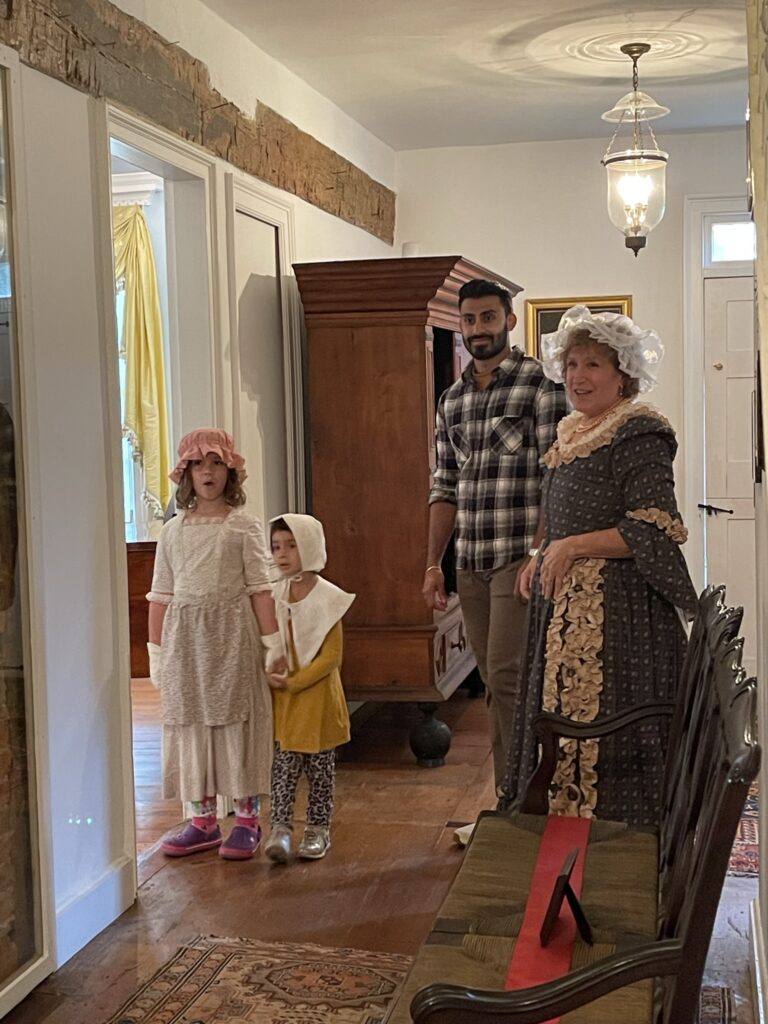
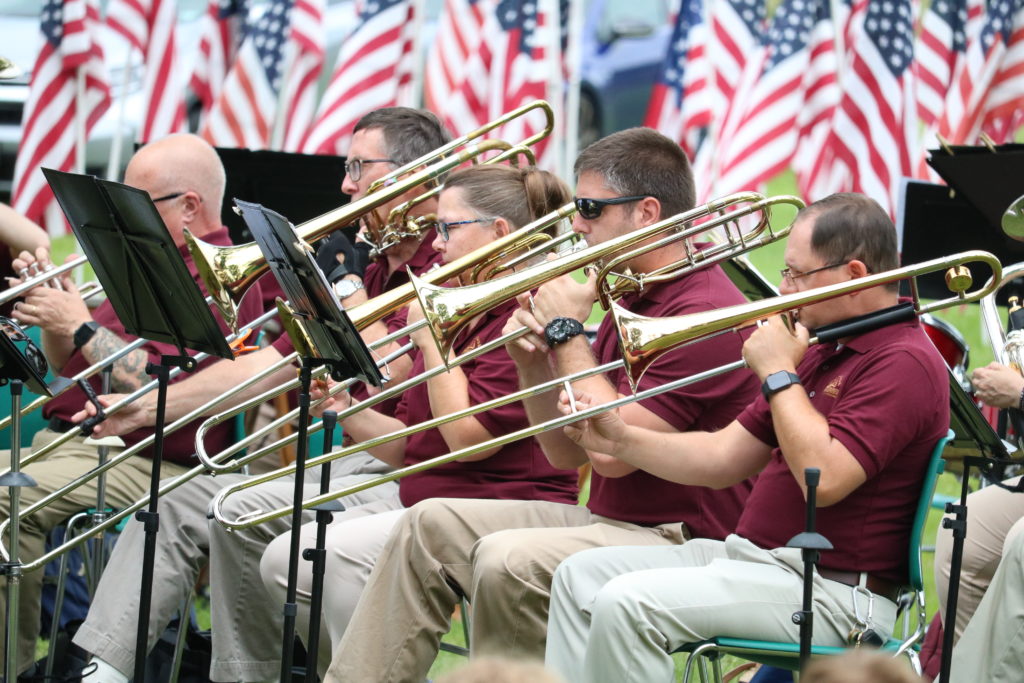
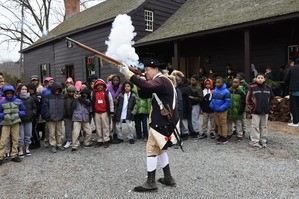
Van Horne House – Bridgewater
The Jacobus Vanderveer House is open by appointment only and has various events throughout the year when it is open to the public.
The Van Horne House served as the headquarters for Generals Benjamin Lincoln and William Alexander until the Battle of Bound Brook in 1777. After this battle the house became a British outpost. This site is now the headquarters to Heritage Trail Association that offers a variety of programs and events throughout the year, including the 5 Generals Bus Tour.
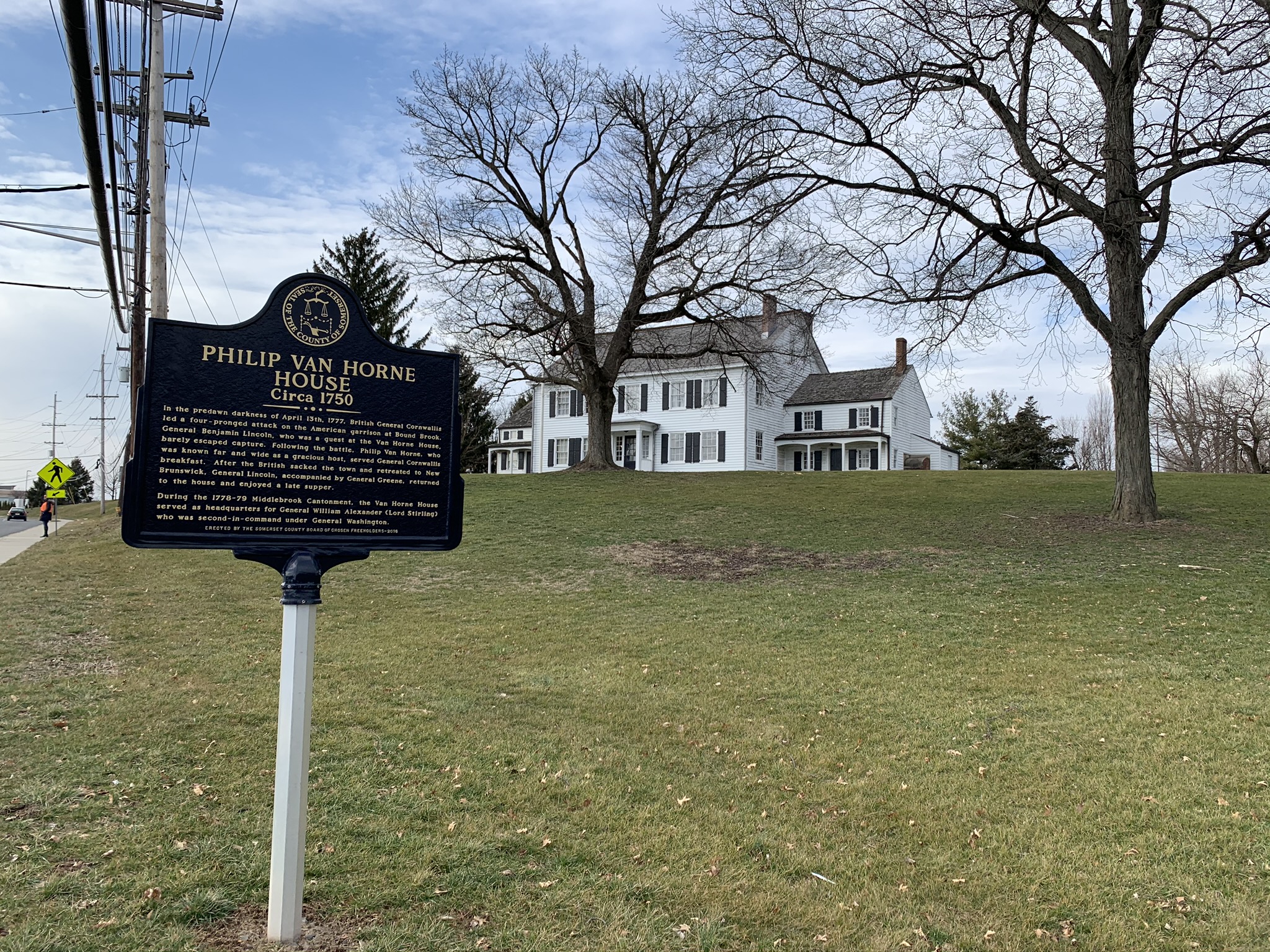
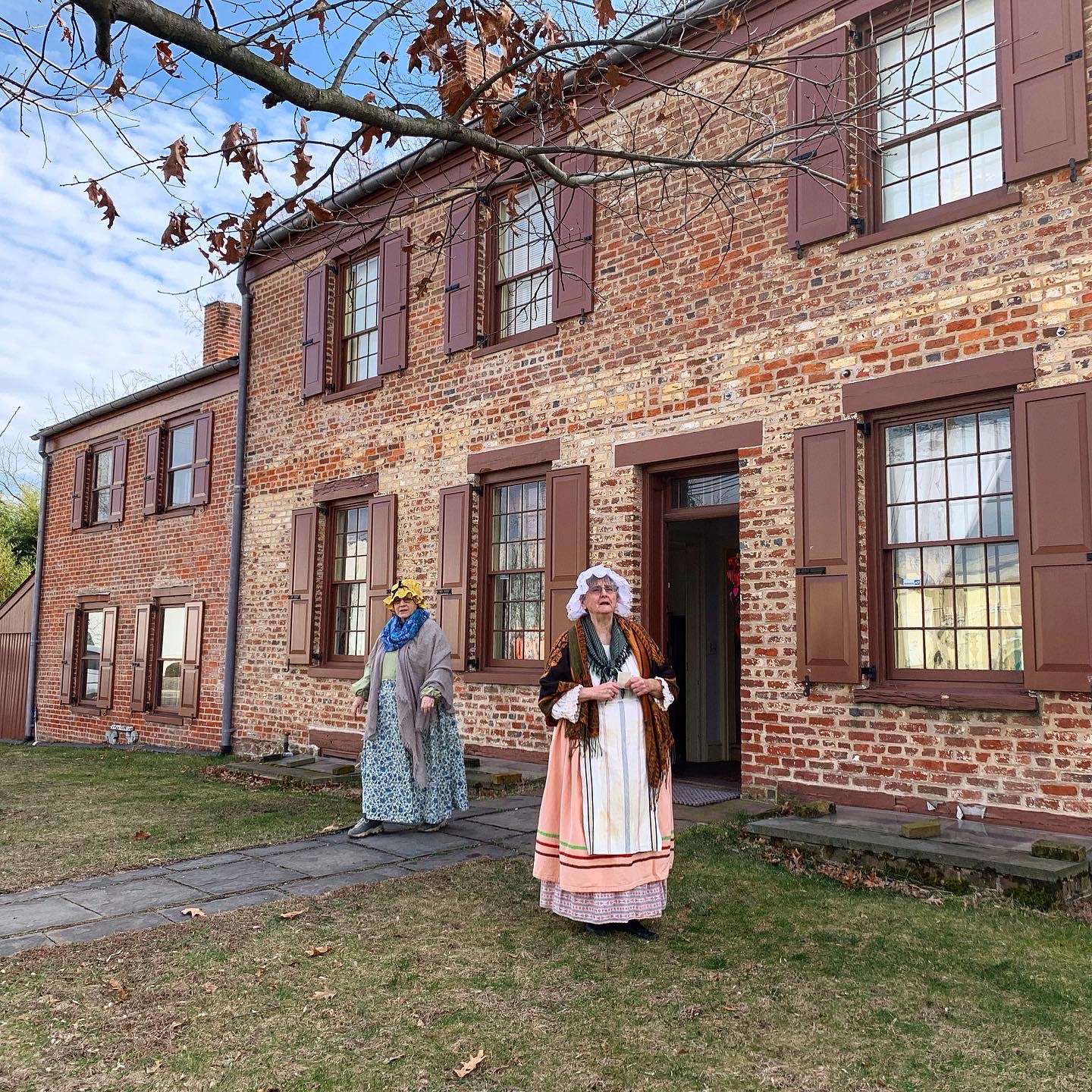
Van Veghten House – Bridgewater
The Van Veghten House served as the headquarters for General Nathaniel Greene during the Middlebrook Cantonment of 1778-1779. The house was built by Michael Van Veghten and passed down to his son Derrick. Derrick offered his property to the Continental Army, which is how General Greene became involved with the property. General Greene recommended the winter encampment be at Middlebrook, saving a lot of time in moving goods across the supply chain. The Van Veghten House was host to many social gatherings across the Revolutionary War.
The Van Veghten House is also part of the Washington-Rochambeau Revolutionary Route National Historic Trail. The trail is over 700 miles and goes through nine states.
This house currently serves as the headquarters for Somerset County Historical Society.
Wallace House – Somerville
The Wallace House was built by John Wallace between 1775 and 1776 and named his estate Hope Farm. Wallace had built the property with the intent on it being his place of retirement. In the winter of 1778, General George Washington’s army encamped at Middlebrook, just 3-miles from Hope Farm. There were few locations for officers’ headquarters in the area, and with his large estate, Wallace was asked to share his home with Washington and his staff. Washington and the staff hosted many foreign dignitaries, dinner parties, and military strategy sessions here. Washington also planned the campaign against the Iroquois League at the Wallace House.
After his departure on June 3, 1779, Washington paid John Wallace $1,000 for the use of his house and furniture. Life went back to normal for the Wallace family. After trading family ownership for a series of years, in 1947 the Revolutionary Memorial Society gave the house to the State of New Jersey.
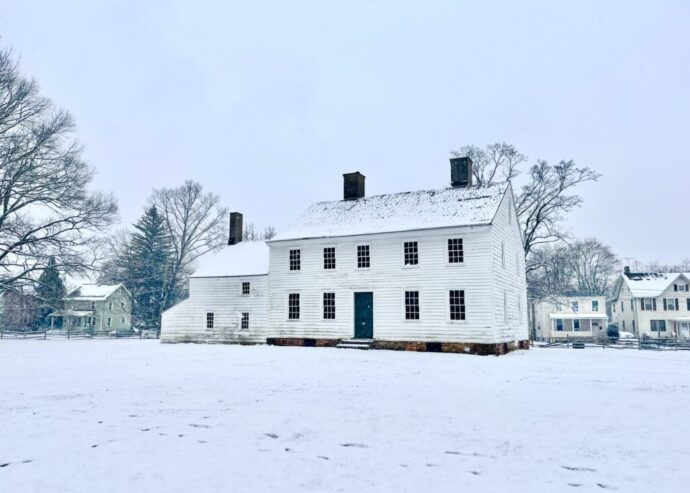
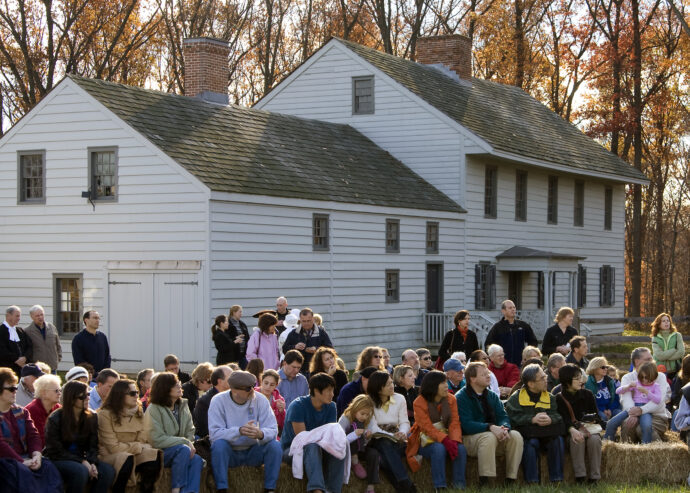
*BONUS* – Rockingham House – Franklin Township
The Rockingham House, while not considered a 5 Generals sites, holds significant importance to the Revolutionary War, serving as George Washington’s final wartime headquarters. During his time at Rockingham, General Washington entertained frequently, including individuals such as James Madison, Elias Boudinot, General Lincoln, Thomas Paine, and so many more.
Rockingham is operated by the State of New Jersey, Division of Parks & Forestry.

